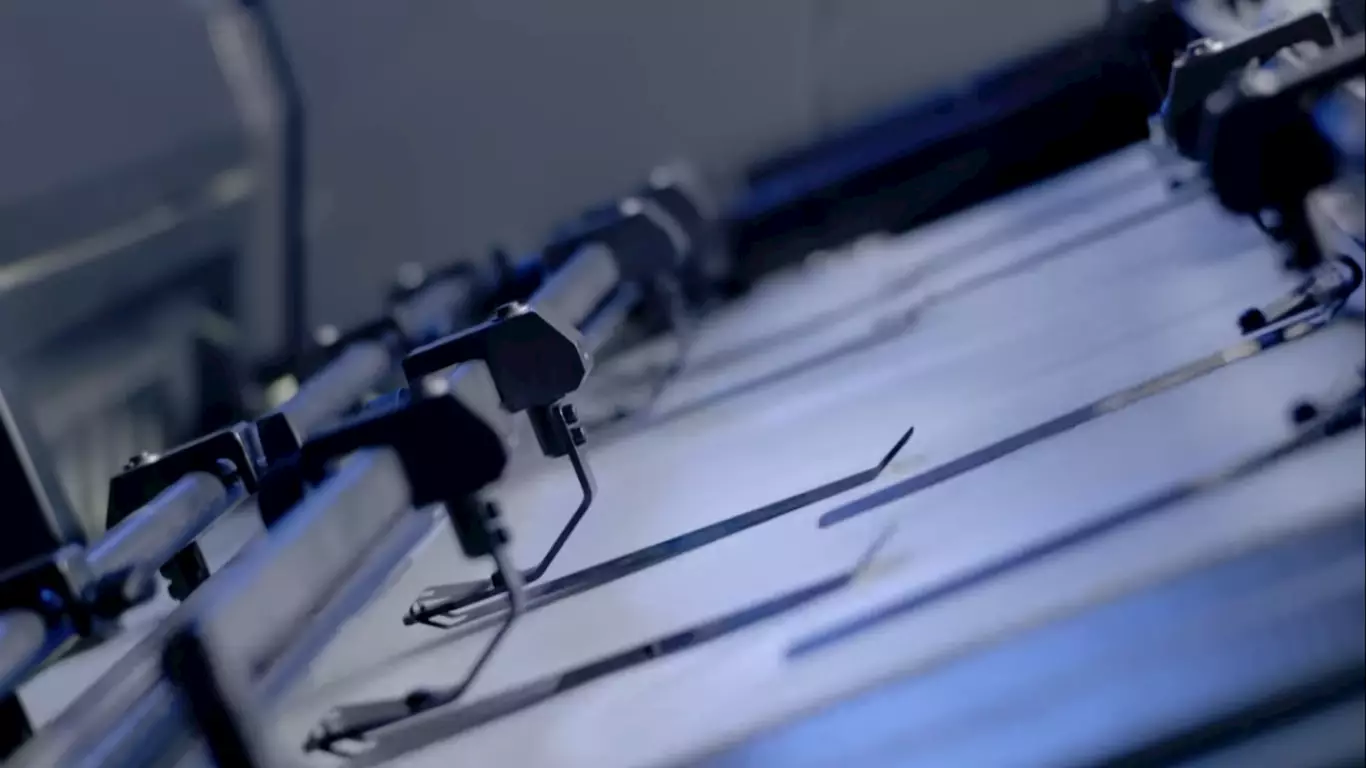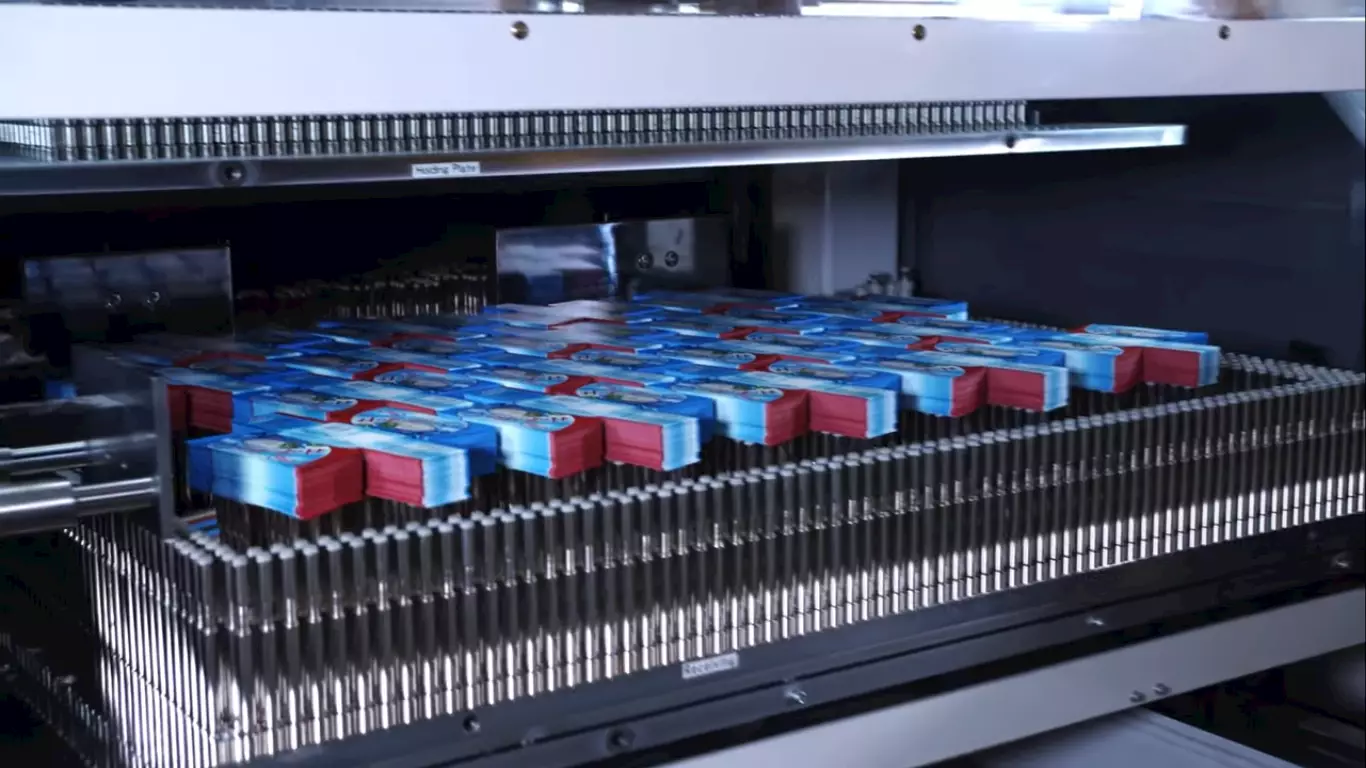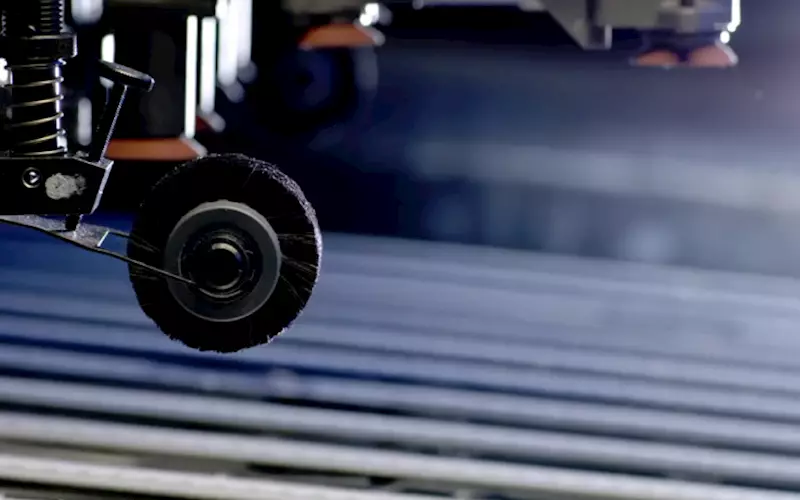Day three of Heidelberg Innovation Week: Rediscovering production of in-mould labels
As the topic of focus on day three of the Heidelberg Innovation Week 2020 was automation in label production, the company shed light on optimising machine runs for processing in-mould labels.
22 Oct 2020 | By PrintWeek Team
In-mould labelling comes with its own set of challenges such as dealing with a high production speed while printing on thin materials or achieving the perfect die-cut. According to Markus Winter, senior manager service at Heidelberg, the company’s technical know-how bundled with years of experience in this segment enables high productivity and maximum flexibility for materials as thin as the thickness of 50µm. He said, “Our in-mould expertise will give your label production new wings. The particular challenge in the production of in-mould labels is the handling of exceptionally thin materials. This applies to both printing and die-cutting, and as we are the pioneers in this technology, we have set new standards in this label printing segment.”
Winter claimed that Heidelberg’s in-mould performance package guarantees the highest speeds in the processing of the thinnest printing material as it makes the machine runs much more stable and enables short runs to be produced without stressing the printing resources. “This automation process starts with the CutStar – the fourth generation of Heidelberg sheeter, completely redesigned and fully integrated into the workflow,” said Winter.
This technology enables the format settings to be made automatically based on the 'push to stop' principle ensuring shorter set-up times; while all the relevant data is automatically made available to the press from Prinect.

The CutStar sheeter system is completely redesigned and fully integrated into the Prinect workflow
In addition, the German-based company’s integrated surface treatment system increases ink adhesion and ensures consistently high quality. “This latest innovation specially designed for thin parameters increases production speed by up to 2,000 sheets per hour.”
To boost the production speed and output, the material handling at the production unit is backed by special anti-static devices and sheet travel elements which can be constantly monitored through viewing windows between the printing units.
In terms of drying, the label specialist’s new offering – DryStar LED Pro, not only provides optimum drying but also offers better finishing by increasing the production speed by 25% with 20% less energy consumption. Another such offering is FoilStar Cure, which, in combination with Heidelberg’s LED UV technology, provides high-quality metallic and gloss effects. “Lower energy input to the material means more dimensional stability and therefore fewer problems in registration. Using our technology, for the first time, UV curing can take place through cold foils for creating a higher-quality metallic gloss,” explained Winter.
Meanwhile, in the delivery segment, an optimised delivery system with auxiliary grippers ensures smooth production. This fully automatic delivery system is now available for the in-mould sector and can also be used pallet disposals. “It enables a consistent and high production speed eliminating the need to pause the machine run to change pallets," added Winter.

Heidelberg's post-press kits ensure the mechanical separation of the die-cuts for a higher productivity
Another key component of the Heidelberg ‘Push-to-stop’ concept is the Prinect Automatic Paper Stretch Compensation which calculates the expected material deformation in the pre-press stage and rectifies it before plates are exposed. According to Winter, this method is far superior to all mechanical solutions as it automatically ensures perfect registration. Thus, preventing paper wastage and minimising set-up time.
The company boasts the capabilities of its Speedmaster rotary XL 106-DD die-cutter which processes thin materials in high speed at the rate of up to 10,000 sheets per hour. “Even the tiniest injection holes are punched and extracted with the help of our high precision magnetic cylinder, adjusted with a one-micron pressure. Compared to flatbed die-cutting, the tool costs are reduced by up to 50% and production speed is up to three times higher. This revolutionary system is now also available with only one punching unit."
Besides this rotary die-cutter, the DC-11 counterpressure die-cutter from Polar is a proven solution for smaller label shapes claimed Winter; as it enables the mechanical separation of the die-cuts leading to a significant increase in productivity in the finishing department.
“Adding to these print production capacities is our lifecycle service solution that avoids unscheduled downtimes, increasing the uptime by up to 7%. All these solutions help in achieving greater efficiency throughout the entire print production process,” concluded Winter.














 See All
See All